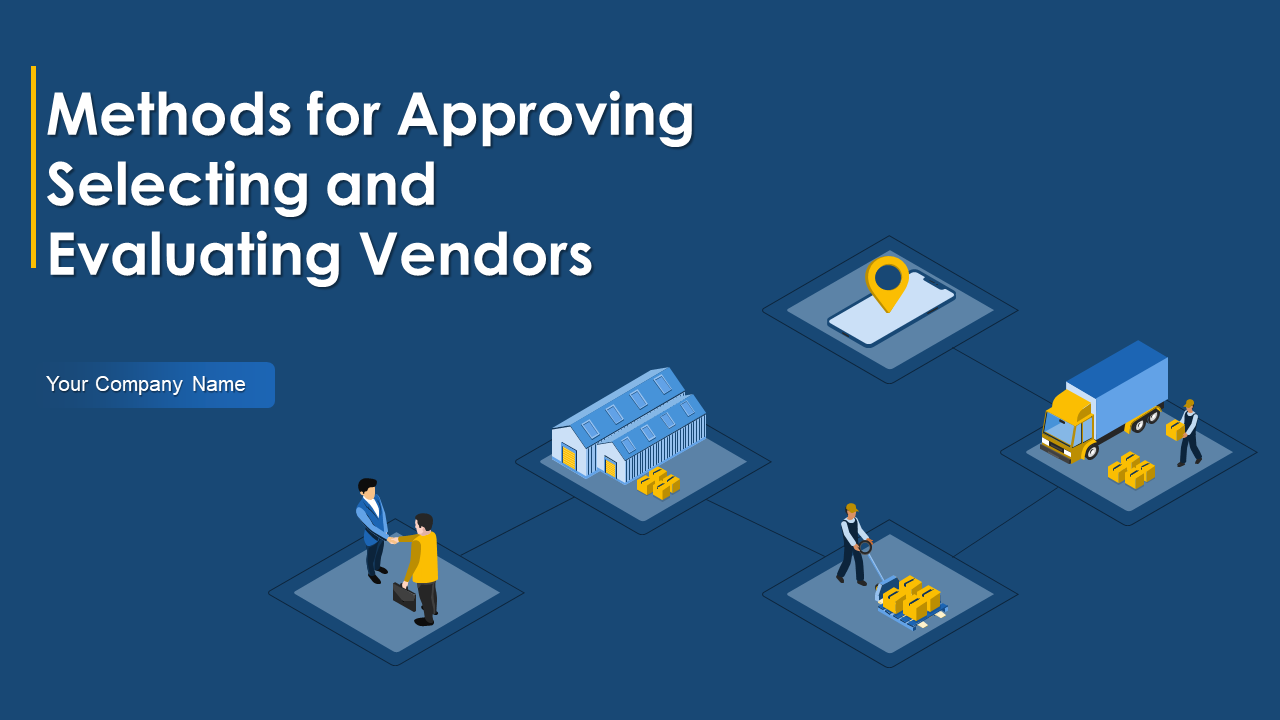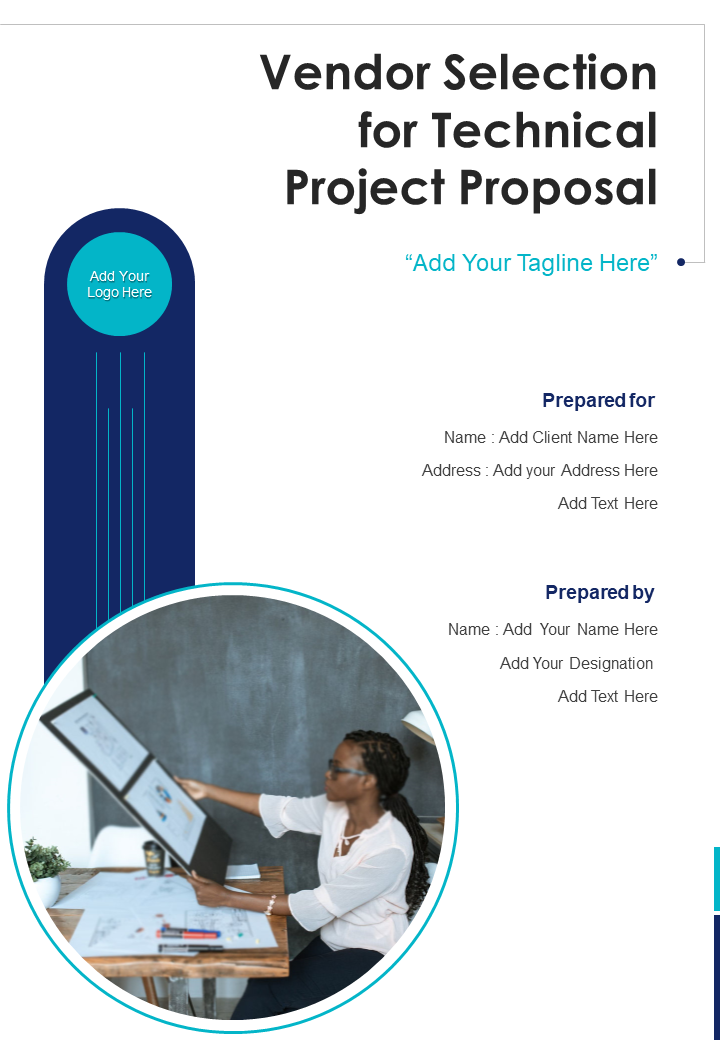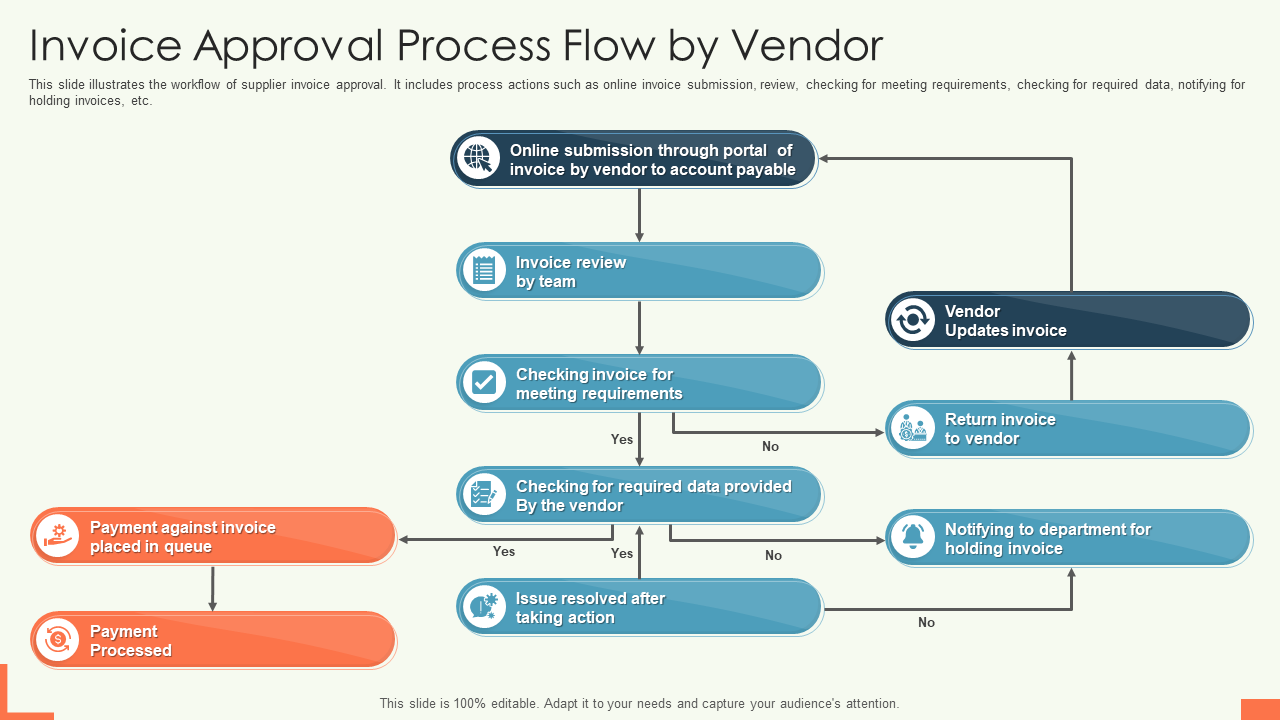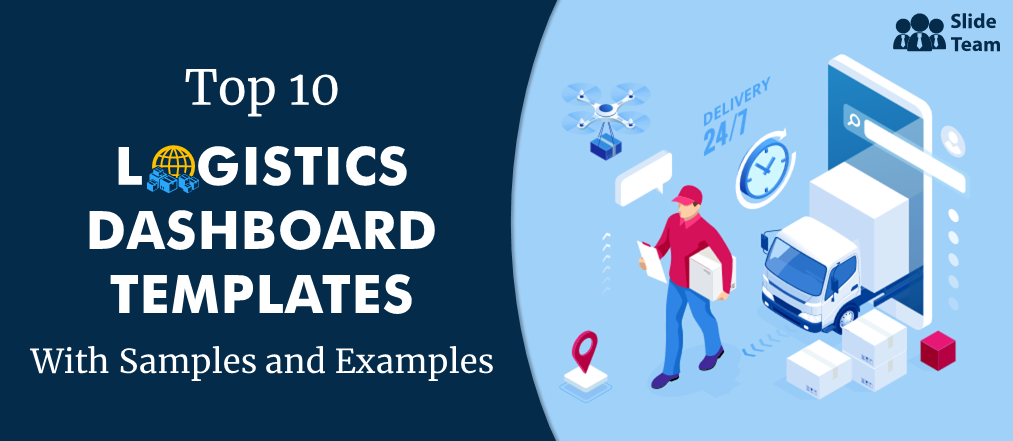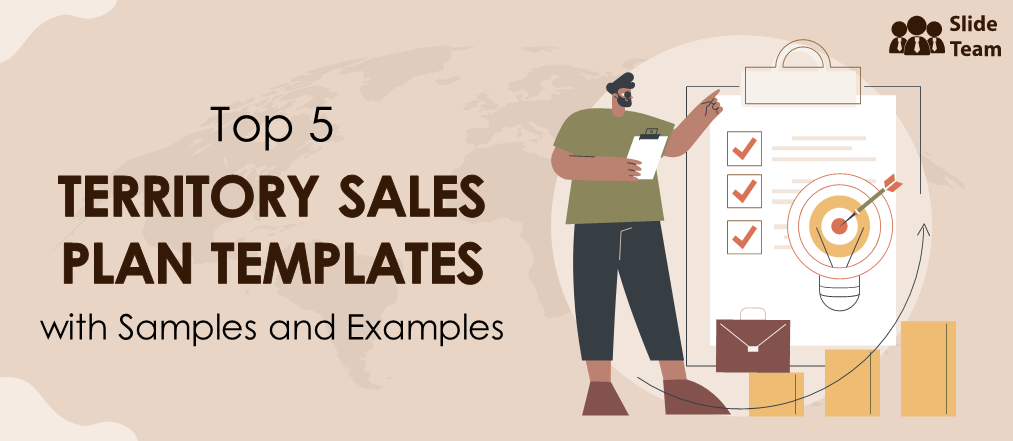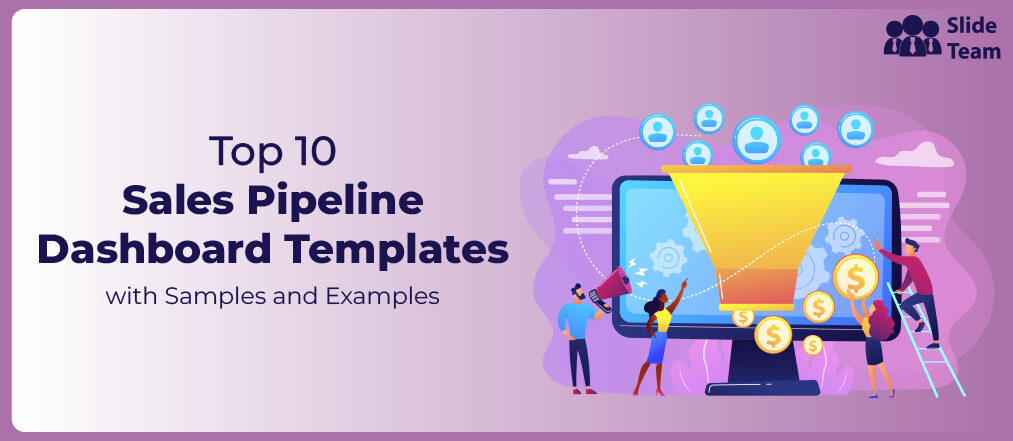Every organization requires resources in raw or processed form and vendors are the go-to resort. The objective is to look for vendors or suppliers, who can offer quality products at competitive prices with timely delivery. Over time, as businesses start growing, their demand for resources also assumes huge proportions, thus the search begins for reliable vendors who are up for the job!
In line with this change, associated vendors also need to change their ways of approaching businesses. Ultimately, a vendor approval process results from this criteria of engaging in partnerships with companies. Following the company’s approval, vendors are taken onboard as dependable sources of supplies. Such a vendor approval process is, of course, subject to an organization's production process, delivery time, logistics, budget, and quality standards.
Since the vendor approval process is an elaborate one, it needs to be conveyed in the right manner to all those involved, including company personnel and the vendors under screening. Accomplish this crucial task of informing and establishing guidelines in supply chain operations with our must-have vendor approval process templates.
In this regard, explore three of our most-downloaded vendor approval process templates to establish rules for dealers. Each of these templates is 100% customizable and editable. The content-ready nature provides you with the desired structure and a starting point; the editability feature ensures you can tailor it to audience needs and make it work.
Let’s explore the templates now!
Template 1: Methods for Approving Selecting and Evaluating Vendors PowerPoint Presentation
Create a guide to define conditions for approving vendors for your business with this PPT Presentation. Lay down parameters to qualify as prospective vendors with diagrams and workflow charts as depicted in this vendor approval process template. You can define the assessment criteria with validation process flow, vendor selection timeline with key phases using this PPT Design. Compare their prices, estimate risks associated with vendors and rank them to onboard the best amongst them using this comprehensive PowerPoint Layout. There is a checklist as well to strategically evaluate vendors and suppliers. Download now.
Template 2: Vendor Selection for Technical Project Proposal Document Report
If you hold the other end of the rope i.e. you are a vendor aiming to shine through your vendee’s evaluation, here’s a document report to pitch your professionalism. To prepare a winning proposal to gain vendor’s approval, do your fair share of research and then showcase your proficiency with this detailed PPT Report. Showcase your past successful work experiences, work flexibility, and professionalism as a reliable vendor with statistics and testimonials. Download this PPT Design now to gain the vendee’s approval.
Template 3: Invoice Approval Process Flow by Vendor
Create a workflow chart of the vendor approval process. From the online form submission, to updating vendors on the invoices, list the process of informing vendors about the requirement to have the same confirmed with payments with this loop diagram. Create an algorithm for your team to follow in creating a smooth supply-chain processes. Download now!
Resolve Supply Chain Issues
Deploy these editable vendor approval process templates and resolve any imminent supply-chain issues in your business.
PS: Ace project planning by refining requirements out of the vague product specifications submitted to convert them into well-defined objectives. Give this guide a read and use our dedicated requirements management plan templates to accomplish your goals.
FAQs on Vendor Approval Process
What is vendor approval?
Vendor approval refers to the process by which a company or organization evaluates and approves potential suppliers or vendors before entering into a business relationship with them. The purpose of vendor approval is to ensure that the vendors meet certain criteria, standards, or requirements that the company sets. During the vendor approval process, companies assess factors such as the vendor's financial stability, reputation, experience, quality of products or services, compliance with regulations, and their ability to meet delivery deadlines. This evaluation may involve reviewing the vendor's financial statements, conducting background checks, checking references, inspecting facilities, and assessing the vendor's track record.
Vendor approval is crucial as it helps companies mitigate risks associated with working with unreliable or unqualified vendors. By approving vendors, companies aim to establish a pool of trusted suppliers who can provide goods or services that meet the company's needs and standards.
Once a vendor is approved, the company may establish a formal contract or agreement that outlines terms and conditions of their partnership. Ongoing monitoring and periodic re-evaluation of approved vendors may also be conducted to ensure that they continue to meet the company's requirements and maintain a satisfactory level of performance.
What are the steps of the approval process?
The steps of the vendor approval process vary, based on on the company and its specific requirements. However, here are some common steps involved in the vendor approval process:
- Identify the Need: The first step is to identify the need for a new vendor or supplier that could be expanding operations, replacing an existing vendor, or finding a specialized product or service.
- Define Criteria: This includes factors like financial stability, industry certifications, quality control processes, compliance with regulations, reputation, and previous experience.
- Vendor Selection: Identify potential vendors through market research, referrals, trade shows, online directories, or request for proposals (RFPs). Develop a shortlist of vendors who appear to meet the defined criteria.
- Initial Evaluation: This may involve reviewing vendor profiles, websites, brochures, or any available documentation to assess their suitability.
- Request for Information (RFI): Send a formal RFI to the selected vendors, requesting specific information about their company, capabilities, product or service offerings, pricing, references, and any other relevant details.
- Evaluation and Comparison: Compare vendors against each other to identify the most suitable options. This evaluation may involve scoring or ranking vendors based on their performance.
- Vendor Site Visits: For vendors who pass the initial evaluation, conduct site visits or inspections to assess their facilities, production processes, quality control measures, and to meet with their team.
- Due Diligence and Background Checks: This may include checking their financial stability, legal compliance, litigation history and reputation in the market.
- Final Approval and Contract Negotiation: This involves discussing pricing, delivery schedules, payment terms, intellectual property rights, warranties, and any other necessary contractual provisions.
- Vendor Onboarding: This may involve setting up vendor accounts, sharing relevant information, conducting training sessions, and establishing communication channels to ensure a smooth transition.
What is an approved list of vendors?
An approved list of vendors, also known as an approved vendor list (AVL) or an approved supplier list (ASL), is a compilation of vendors or suppliers that have successfully gone through the vendor approval process and have been deemed suitable to conduct business with a particular company or organization.
The approved list of vendors serves as a formal reference for the company's procurement or purchasing department. These vendors have demonstrated their ability to meet the company's quality standards, delivery requirements, and other specified criteria.
The purpose of maintaining an approved list of vendors is to streamline the procurement process, reduce risk, and ensure consistency in the supply chain. When a need arises for a particular product or service, the company can refer to the approved list to identify pre-approved vendors, saving time and effort in searching for new suppliers.
The approved list of vendors is typically updated periodically. Vendors on the list may be subject to ongoing monitoring or periodic re-evaluation to ensure their continued compliance with the company's requirements and performance expectations.


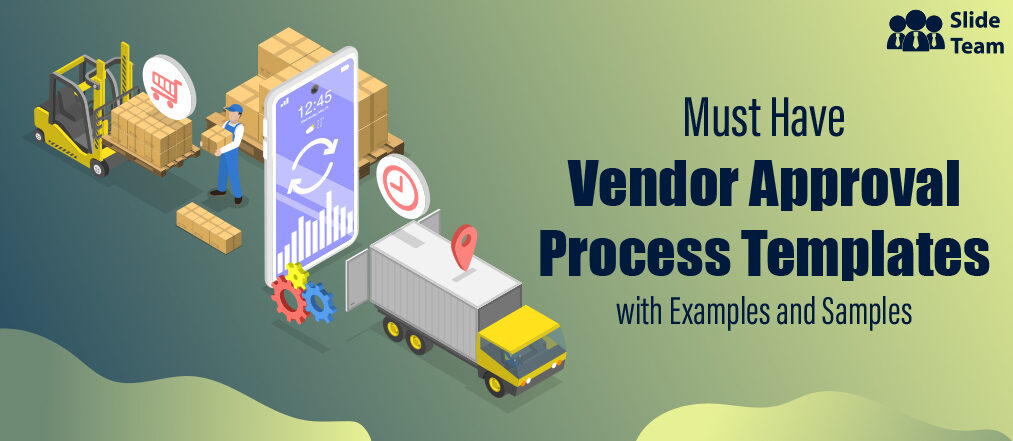


 Customer Reviews
Customer Reviews

